Radioactive Decay
Chemical Elements:
There are currently 115 known chemical elements. Elements consist of atoms with a fixed number Z (known as the atomic number) of protons in the nucleus and an equal number of orbital electrons. In addition to protons, the nucleus contains a variable number N of neutrons. Atoms of the same element with different numbers of neutrons are known as isotopes of that element. Elements can have many isotopes, most of which are unstablewhich are unstable.
Nuclides:In general, an atom with atomic number Z, and neutron number N is known as a nuclide. The present applet contains data on more than 2600 nuclides. Approximately 10 % of these nuclides are stable. The total number of protons plus neutrons is known as the mass number A of a nuclide. Hence a nuclide can be specified as follows:
Z is the atomic (proton) number
N is the neutron number
A is the mass number (N+Z)
X is the chemical element symbol
Because of the relationship between Z, A, N (A=Z+N) and X, a nuclide can be uniquely specified by fewer parameters. A chemical element is completely specified by its symbol X or the atomic number Z. A nuclide is completely specified by the element name X (or proton number Z) together with the neutron number N. Nuclides, however, are commonly specified by the chemical element and the mass number A, e.g. 60Co, Co60, Co-60.
Radioactive Decay Processes
In the Nuclide Chart shown in the diagram A below, nuclides are arranged according to the number of protons Z and neutrons N in the nucleus. This arrangement, originally proposed by Segrè, is particularly useful for visualising nuclear decay processes. As a result of nuclear decay, a "parent" nuclide with co-ordinates Z, N decays to one or more "daughter" nuclides with co-ordinates Z', N'; Z'', N''; etc. Nuclides can also be arranged in a plot of A-2Z vs. Z as shown in diagram B. This leads to a more compact form of the decay chain particularly suitable for complex decay chains.
As an example, consider a nuclide with co-ordinates Z, N located at the centre (dark grey) of the diagram. Following nuclear decay, this parent nuclide decays (by a, b-, b+/EC, n, or p decay) to one or more daughters. These daughters will, in turn, also decay until eventually stable products are reached.
This full set of nuclides, starting from the parent and including all daughters can then be highlighted on the Nuclide Chart to provide a useful way of visualising the decay scheme of the original parent nuclide.
Types of Radioactivity:
A radioactive nuclide decays by one or several decay processes. Only the main decay mode is shown in the applet when using the Karlsruhe and Strasbourg Colour Schemes. The main decay modes are:
•Alpha decay: In alpha decay, the parent nuclide emits a doubly charged ion of helium 4He - with 2 protons and 2 neutrons. With this decay mode, the mass of the resulting nuclide is 4 units less and the atomic number is 2 units less than from the parent nuclide. Example:
•Beta-minus (ß-) decay: Beta decay is the name given to the process by which the nucleus emits an electron. Beta decay is also accompanied by the emission of a neutrino following conversion of a neutron to a proton. In this decay mode, the mass doesn't change as the masses of electrons and neutrinos are negligable. The atomic number of the resulting nuclide is 1 more than the atomic number from the starting nuclide. Example:
•Beta-plus (ß+) decay: In beta-plus decay, a nuclide emits a positron and a neutrino (formed by the conversion of a proton to a neutron). Again the mass does not change but the atomic number now decreases by one. Example:
•Isomeric transitions (IT): An isomeric transition occurs when a nuclide in an relatively long-lived excited or metastable state is converted from the metastable state to the ground state. In contrast to normal gamma emission from a short lived excited state, an isomeric or metastable (denoted by m) state is defined only if the half-life for gamma emission exceeds about 1 ns. Example:
half-life = 26 minutes
•Spontaneous fission (SF): Nuclides of heavy elements such as U, Pu, Am, Np, Cm, Fm can undergo radioactive decay by spontaneous fission. In this process, the nucleus splits into two nuclides, with a mass and atomic number roughly half that of the parent, together with several neutrons. Example:
Half-life:
Radioactive nuclides don't decay after a given time; they decay whenever they want. The decay during a given time interval with a special probability. To tell this probability of decay, the half-lives of all nuclides are given.
The half-life of a radioactive nuclide is the time for half of the number of atoms to decay. The half-life for different nuclides can range from a few nanosecond (10-9 s) up to millions of years (the longest half-life is more than 1020 years). Stable nuclides, since they do not decay, do not have a half-life. Examples: Half-lives of nuclides mentioned above
U 238: 4.47*109 years
Th 234: 24.1 days
He 4: Stable
Pa 234: 6.7 hours
C 11: 20.3 minutes
B 11: stable
U 235m: 26 minutes
U 235: 7.04*108years
Fm 256: 2.62 hours
Xe 140: 13.6 seconds
Pd 112: 21 hours
Po 212: 299 nanoseconds
Se 82: 1.3*1020 years


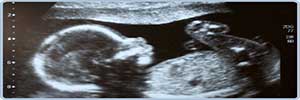
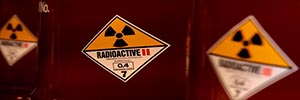

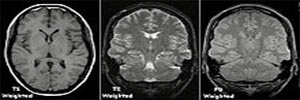








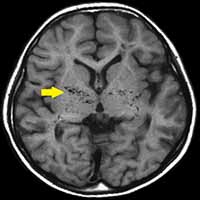

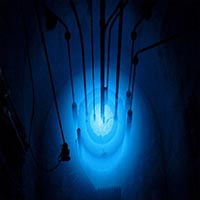
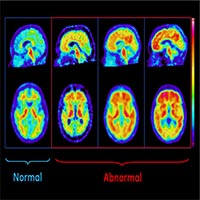
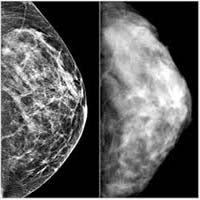
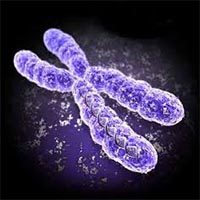
نظرات (۰)